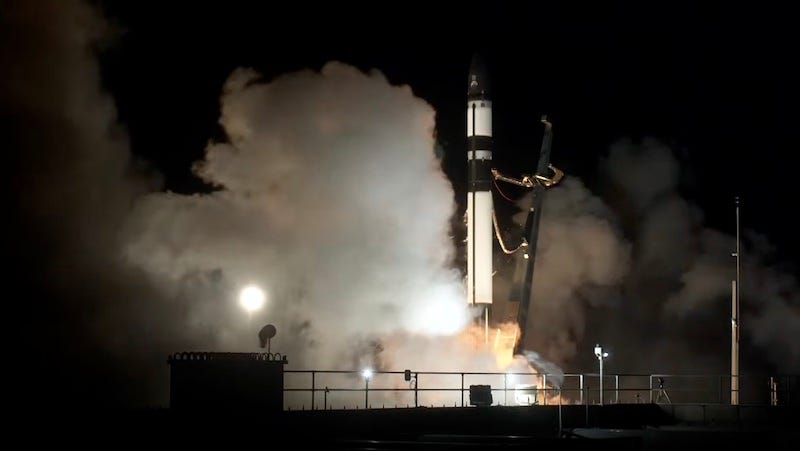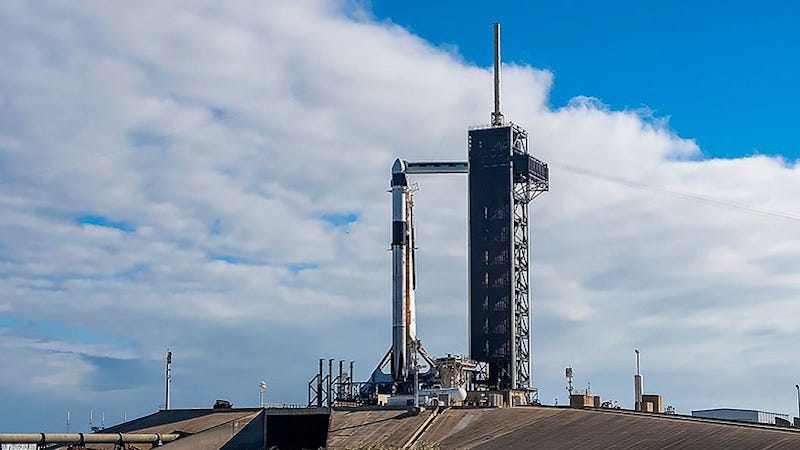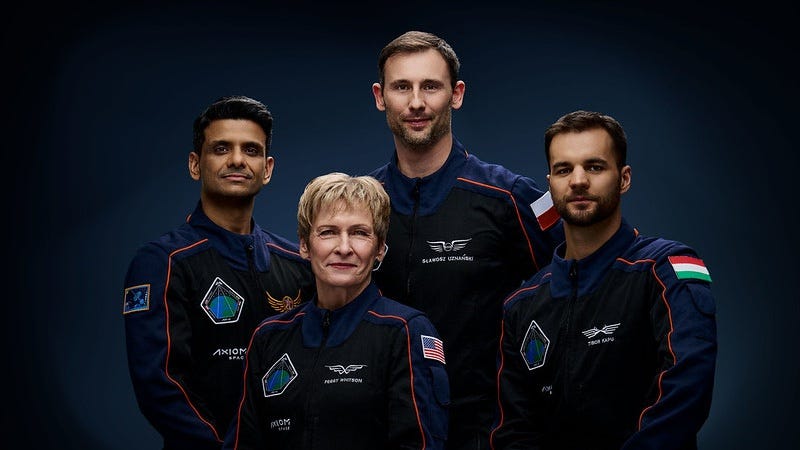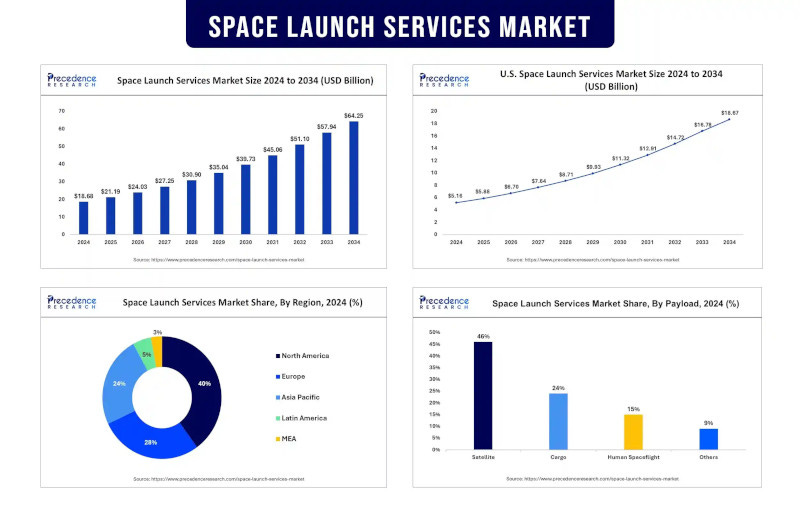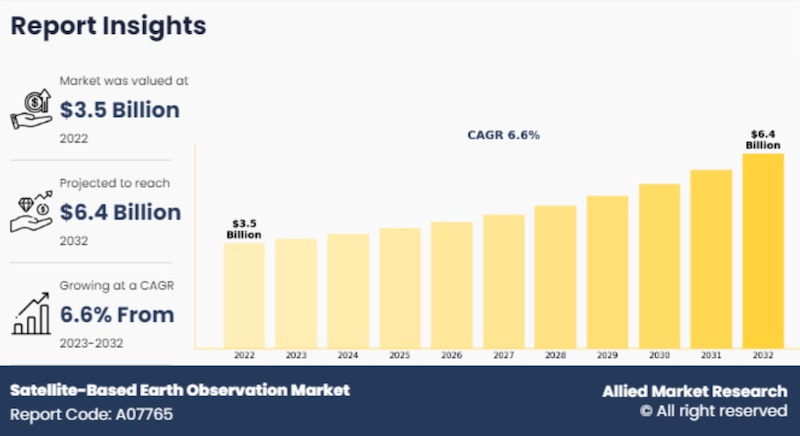The 66th Electron rocket launched by Rocket Lab has deployed the latest satellite to orbit for Institute for Q-shu Pioneers of Space, Inc. (iQPS). The ‘The Mountain God Guards’ mission was Rocket Lab’s second launch in less than a month for iQPS and its fourth overall with 100% mission success.
The deployment of the QPS-SAR-11 was relayed to the early-morning YouTube audience by Rocket Lab Mission Control and Senior Communications Manager Murielle Baker ... backed by some new-age music produced specifically for the event.
Mission Control: "Payload separation, QPS-SAR-11 confirmed"
Baker: "Great callout there from mission control. That is payload deployment confirmed and mission success for Electron. And welcome to orbit QPS-SAR-11. Congratulations to the whole team at iQPS and another bird in the sky for your constellation. And once again, congratulations to the Rocket Lab team on another successful launch, because that is 66 total Electron launches in total now and our eighth mission of the year, with our next Electron mission less than two weeks away from Launch Complex 1 again."
With this mission, Electron has now deployed half of iQPS’s constellation of satellites operating on orbit. Another four dedicated missions with QPS-SAR satellites are scheduled to launch on Electron across the remainder of this year and 2026.
-0-
Over on this side of the planet, SpaceX stood down from the planned launch of the Axiom Space Ax-4 mission to the International Space Station twice this week. The culprit was a liquid oxygen leak identified during post static fire booster inspections. SpaceX says that once the issue has been remedied – and pending Range availability – a new launch date will be announced.
This will be the first flight for the Dragon spacecraft supporting this mission, and the second flight for the first stage booster, which previously launched a Starlink mission. Following stage separation, Falcon 9’s first stage will land on Landing Zone 1 (LZ-1) at Cape Canaveral Space Force Station in Florida.
During their time on the orbiting laboratory, the international private crew will conduct more than 60 scientific experiments and demonstrations focused on human research, Earth observation, and life, biological, and material sciences.
-0-
Among those scientific experiments to be carried out by the Ax-4 crew is one that aims to advance diabetes management in microgravity and open access to space for more people. Researchers will demonstrate the accuracy of glucose monitoring and the viability of insulin on the ISS, with the long-term goal of supporting astronauts with insulin-dependent diabetes on future space missions.
The ISS National Lab-sponsored project, Suite Ride, is a partnership between Axiom Space and Burjeel Holdings PLC, a healthcare services provider based in the United Arab Emirates.
The team is sending several commercially available glucose monitors to the ISS to ensure they maintain a comparable level of accuracy in microgravity. One of the monitors samples interstitial fluid (the fluid filling the spaces between cells in the body) to measure glucose levels. Microgravity causes shifts in body fluids that could affect the accuracy of these devices. The study will also look at whether microgravity affects the integrity of insulin.
-0-
An advanced lunar and Martian manufacturing technology, "Mason", designed by Redwire, has passed Critical Design Review (CDR) with NASA participation. Mason is a tool suite designed to operate on the Moon and Mars that will enable the construction of berms, landing pads and roads for future lunar and Martian habitats. The project, managed under a Tipping Point agreement with NASA’s Space Technology Mission Directorate, is part of a $12.9 million award to prototype Mason for broader plans to support a long-term presence and exploration on the lunar surface.
Designed to be scalable and platform agnostic for use on different landers, rovers, or robotic arms, Mason can convert lunar or Martian regolith into a strong, solid material similar to concrete. Regolith can cause equipment failures and maneuverability challenges, and it can become a dangerous projectile when accelerated by a rocket’s exhaust plume. Mason mitigates these risks, while significantly lowering the cost of lunar and Martian exploration efforts.
With CDR successfully completed, Redwire engineers will fabricate the Mason critical design prototype and conduct functional testing of its three tools. Redwire is currently exploring flight opportunities for a demonstration mission.
-0-
Coming up, we'll delve into the space launch services and Earth observation markets. But right now why not take a minute to become a paid subscriber to The Journal of Space Commerce Whether you’re a space professional or enthusiast, paid subscribers have first access to premium articles and podcasts focused on the new space economy. Just visit www.exterrajsc.com on Substack, and help keep The Journal of Space Commerce independent as we chronicle, cajole and, when necessary, critique the commercial space industry.
-0-
The space launch services market revenue reached $21.19 billion in 2025 and is predicted to attain around $57.94 billion by 2033 with a CAGR of 13.15%, according to a new report from Precedence Research. The market is witnessing rapid growth due to increasing demand for satellite deployment, expansion of commercial space enterprises, and heightened investment in reusable launch vehicles.
The industry is gaining momentum as satellite-based technologies, space exploration, and defense modernization continue to evolve. With the growing need for broadband connectivity, Earth observation, and global navigation, satellite launches are in high demand. Changes in the space industry are being brought on by more public-private partnerships, new advances in rocket technology, and the switch to reusing rockets.
The transition from expendable to reusable rockets is revolutionizing the economics of space launches. The flights of SpaceX’s Falcon 9 and Falcon Heavy, Blue Origin’s New Shepard and expected systems from Rocket Lab and ISRO are preparing for affordable and environmentally friendly space transportation.
Global investments in launch infrastructure are accelerating. Countries like the UK, India, Australia, and Brazil are developing new spaceports to support vertical and horizontal launches.
-0-
The global satellite-based earth observation market was valued at $3.5 billion in 2022, and is projected to reach $6.4 billion by 2032, growing at a CAGR of 6.6% from 2023 to 2032, according to a new report from Allied Market Research.
The industry is expected to gain high traction in the coming years due to an increase in demand for high-resolution earth observation data, a rise in applications of earth observation data in diverse sectors such as agriculture, urban planning, and disaster management, and partnerships facilitating miniaturization of satellite sensors.
Opportunities in the satellite-based earth observation market present a favorable landscape for businesses to capitalize on the growing demand for satellite data solutions across diverse industries. North America, especially the U.S., hosts some of the premier space agencies, satellite manufacturers, and earth observation service providers, which notably contributes toward the growth of the market. In addition, the continual progress in satellite technology, sensor capabilities, and data processing methods foster market expansion. Moreover, space agencies in the country are collaborating with commercial satellite providers to enhance their earth observation capabilities.
-0-
A collaboration has been announced between Maritime Launch and Dutch aerospace company T-Minus Engineering to launch the Barracuda, a hypersonic test platform, from Spaceport Nova Scotia in October of this year.
This mission will represent the next step in advancing Spaceport Nova Scotia's suborbital and hypersonic testing capabilities, as Maritime Launch continues to establish Nova Scotia, Canada, as a hub for innovative space commercialization, research, and development. The Barracuda platform, developed by T-Minus, facilitates high-speed, high-altitude experiments for civil and defence applications.
Maritime Launch and T-Minus Engineering will launch two suborbital vehicles that carry payloads. Operating within Canada's existing regulatory regime for rocket launch, the vehicles are anticipated to reach altitudes significantly above the Kármán line, the acknowledged boundary of space, while achieving speeds over Mach 6. The launches will also accommodate various scientific and educational payloads for clients.
-0-
And those are some of the top stories we covered for you on The Journal of Space Commerce this week. You can get daily updates on space commerce by subscribing to The Journal of Space Commerce on Substack at www.exterrajsc.com. And please consider becoming a paid subscriber. Whether you’re a space professional or enthusiast, paid subscribers have first access to premium articles and podcasts focused on the new space economy. Just visit www.exterrajsc.com and help keep The Journal of Space Commerce independent as we chronicle, cajole and, when necessary, critique the commercial space industry.
You Might have Missed:
Theme Stock Music provided by CoolTones, from Pond5
"




